“Why talk when you can paint?” the reticent Milton Avery, grand colourist of modern American art, is reported to have once said.
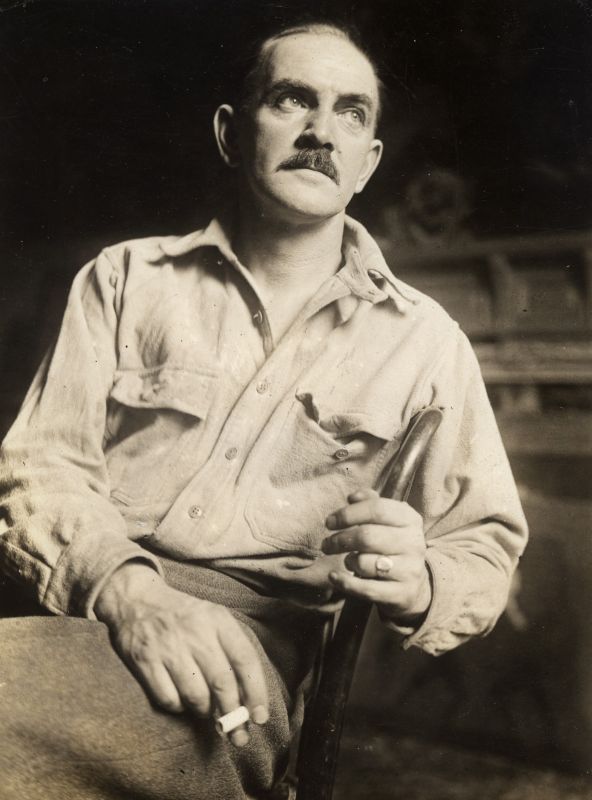
As an aphorism it seems to encapsulate the silent world of this prodigious artist whose method of communication was his canvas: it was not until 1952, at the age of 67, that Avery received his first full-scale retrospective museum exhibition at the Baltimore Museum of Art, giving him a level of exposure he had not yet experienced, despite having been active for nearly 40 years.
Today Avery’s works hang in hundreds of American institutions, widely credited as an ‘artist’s artist’ whose mastery of colour graduated from early Impressionist landscapes, to flattened forms that paved the way for the Abstract Expressionists of the 1950s.
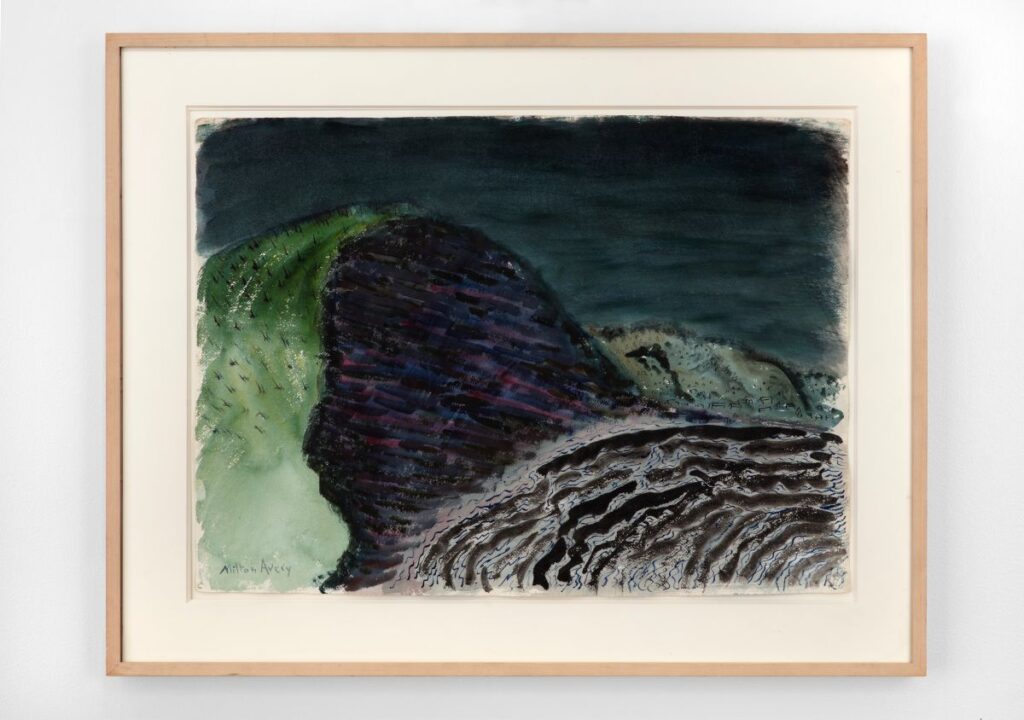
Waqas Wajahat, the chair of Malta Contemporary’s (MICAS) international committee, has long championed the work of Avery, believing his overlooked career was key in the development of modern art as it straddled American Impressionism and abstract expressionism.
“While he learned from and responded to both movements, he never followed or committed to either,” says Wajahat, a collector who has worked with the Avery estate to bring over the exhibition to MICAS. “He forged his own path.”
Now, just one year since its triumphant grand opening back in October 2024 by the Portuguese artist Joana Vasconcelos, MICAS will be hosting an unprecedented survey of Avery’s works.
For a young institution, it will be one of the most far-reaching of exhibitions in Malta – a rare European showcase of Milton Avery’s work, the second ever following the Royal Academy show of 2022.
MICAS artistic director Edith Devaney, with the help of Wajahat, has encouraged the participation of a stellar cast of artists to respond to Avery’s work, which include Avery’s daughter March and others who have drawn on Avery’s work as inspiration for their use of colour – such as the YBA and Royal Academician Gary Hume, Henni Alftan, Harold Ancart, Andrew Cranston, Jonas Wood and Nicolas Party.
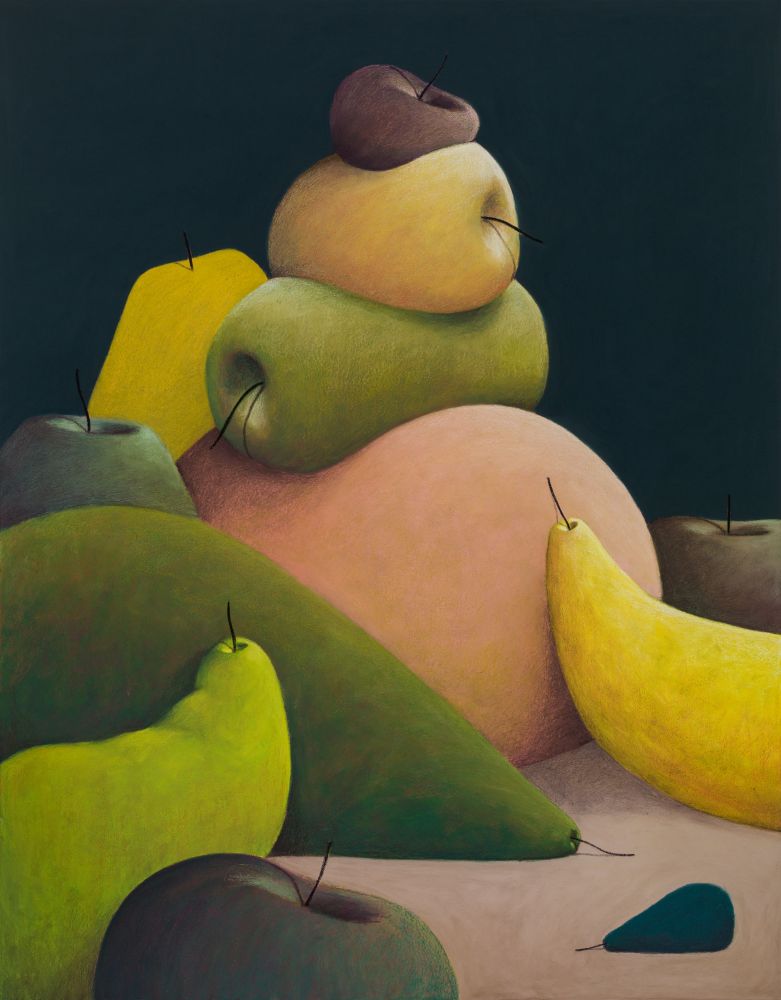
Wajahat is excited.
“Malta really has the potential to become a serious player in the global contemporary art scene, and the world is taking notice,” he says.
A trustee at The Drawing Center in New York City, Wajahat serves on collections and exhibitions committees at the Lowe Art Museum, the Barnes Foundation, and the Philadelphia Museum of Art, apart from his role in MICAS’s international committee.
“The impact is tangible, for artists are coming. Reggie Burrows-Hodges, an African-American painter from Compton, California, has moved his studio to Malta after a visit to the island. Sir Antony Gormley spent six days exploring MICAS and left deeply inspired. These are not isolated events; they are signs of a growing momentum, of Malta carving out a place on the international art map.”
It was through work on legacy projects that saw Wajahat develop his relationship with the Milton Avery Trust and Victoria Miro in London. The Avery retrospective of 2022, also curated by Edith Devaney at the Modern Art Museum of Fort Worth, travelled to the Royal Academy of Arts in London. That exhibition delved into the artist’s influence on abstract expressionism and fellow artists Mark Rothko, Adolph Gottlieb and Barnett Newman.
“Through his close association with some of the younger protagonists of Abstract Expressionism, namely Rothko, Newman and Gottlieb, Avery’s early work came to play an influential role in that movement’s development,” Devaney says.
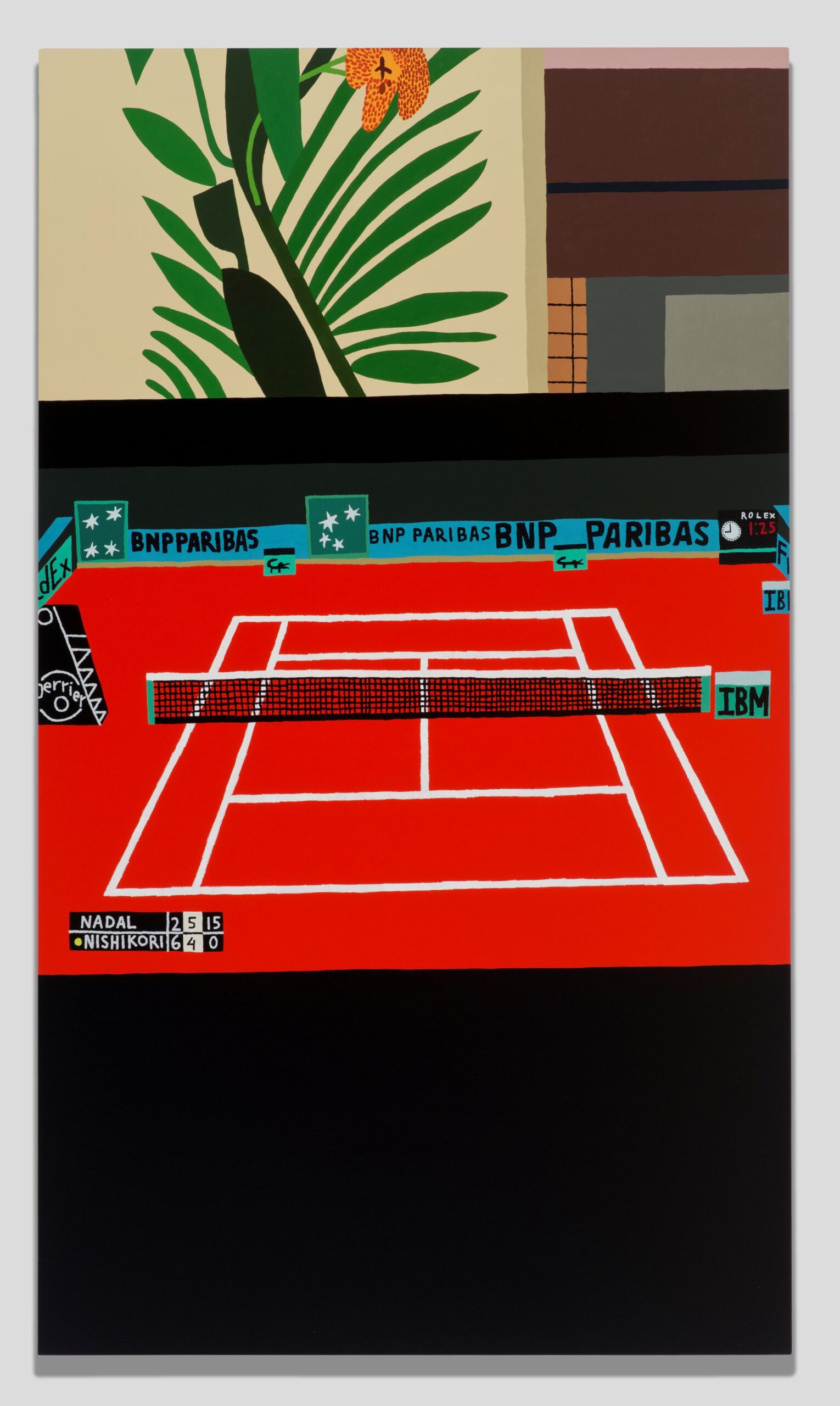
“These three colour field artists expressed their deep admiration for, and debt to, Avery’s work and practice throughout their careers. So this exhibition at Malta Contemporary seeks to explore the extent to which Avery and his oeuvre continues to be held in high regard by some of the leading contemporary artists of our time.”
Because of the tranquil and distilled qualities of his landscapes, Avery’s works may have rested at the penumbra of the otherwise exuberant abstracts that came in his wake. Wajahat, who has championed Avery as an under-regarded hero of American modernism, sees him as a gigantic influence on American art that continues to this day.
“The writer and art historian Dore Ashton commented during Avery’s lifetime that he was a ‘painters’ painter’; the Malta exhibition now explores the extent to which that characterisation of him remains true to this day, with a careful selection of participating artists whose works will reveal their very personal relationship with Avery’s work, all tapping into very differing aspects of his practice.”
Born in western New York state (1885) to a working-class family, Avery was a factory labourer supporting his family until his thirties, while taking night classes at the Connecticut League of Art Students. He left school at 16 and spent a decade working in different factory jobs as an aligner, an assembler, a latheman and a mechanic. By 1911 he listed his occupation as “artist” and exhibited in a group show at the Wadsworth Atheneum in Hartford. He met his future wife in 1924 while both were sketching on the rocks in Gloucester, Massachusetts. Avery and Sally Michel married in 1926, the couple painting side by side in the living room of their one-bedroom flat in Manhattan.
Avery’s output was prodigious, his subjects usually pertaining to the drudgery of daily life, set in natural or urban environs, bathed in light and warmth. Sally supported them both with commercial-drawing work. Through his wife’s work, Avery was inspired to employ a simplified form, his frugal use of paint diluted with turpentine to develop a soft, understated style during the Depression years in the 1920s and 1930s.
In 1928, Avery’s work was selected as part of a group exhibition at the new Opportunity Gallery that included the work of the young Rothko, marking the beginning of their friendship.
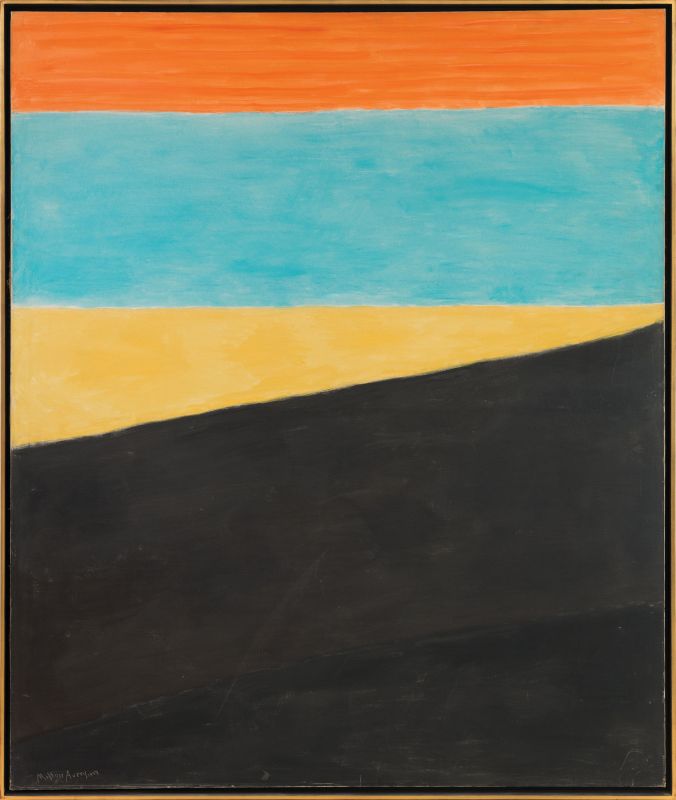
By the 1950s, Avery’s simplified forms and luminous use of colour would deliver what he called the “purity and essence of the idea… expressed in its simplest form.” Indeed, summers spent in Provincetown in the company of Rothko and Gottlieb saw Avery turning the cerulean combination of water and beaches into broad fields of colour, that magically converged in simplified representations of colour.
Avery saw his work develop from his Impressionist brushwork into broader fields of dark hues, with his mission being that of locking in his subject in ordered shapes, in his own words eliminating and simplifying, “leaving nothing but colour and pattern.”
Here he found himself at the threshold of abstraction, the mantle taken up by Gottlieb and Rothko amongst others.
Later in his 70s, in 1958, he would state that he wanted to paint “like the abstract boys”.
MICAS artistic director Edith Devaney promises to bring more out of the great Avery treasure chest. MICAS’s coup is to host the showcase together with contemporary responses from established artists. Like Gary Hume, who himself told Devaney that, “Avery taught me everything I know about colour”.
“The exhibition will take Avery slightly out of his time and allow us to look at him with fresh eyes,” Devaney says, who is digging deep into a great American epic that spans over 70 years of influence.
The selection is effectively a survey of Avery’s entire career, revealing the influence of the American Impressionists, the continuing influence of European Modernism on Avery’s work, particularly Matisse, and how Avery perfected his unique ability to balance colour and form in progressively more abstracted compositions.
Avery created over 1,000 oil paintings, the product of what his grandson Sean Avery-Cavanaugh dubbed a “sort of New England Yankee work-hard-every-day” ethic. Rothko would assert that Avery was America’s greatest painter – “his is the poetry of sheer loveliness”. A testament to the enduring legacy of Avery is the record sale of his 1945 interior scene The Letter, sold in 2022 by Sotheby’s New York for $6 million.
“This exhibition, which looks at a subject from a fresh perspective, introduces a strand in Malta Contemporary’s programming, which is to take an occasional look back towards Modernism and examine how past practice continues, in some part, to shape current contemporary art,” says Devaney of the way Avery will stand side by side with American and European artists at the top of their game.
“In exploring the artistic legacy of Milton Avery and how aspects of that legacy remain detectable in the work of some of today’s most celebrated artists, we intend to recontextualise not only his work, but that of all the contemporary participants, and in doing so, acknowledging the notion of art history not always linear.”
Colour Form and Composition: Milton Avery and his Enduring Influence on Contemporary Painting runs from October 25 to April 4, 2026.










